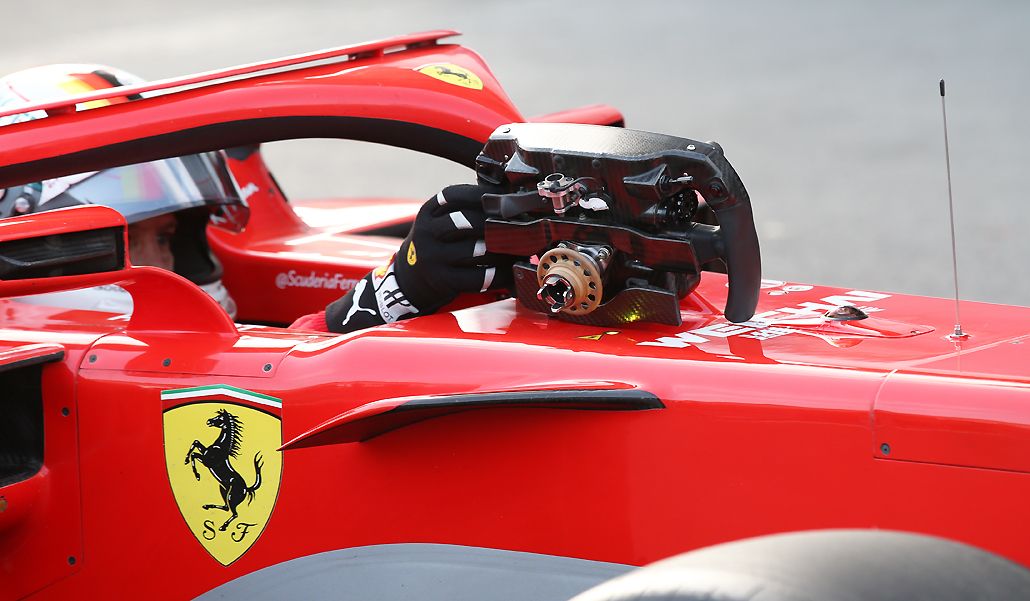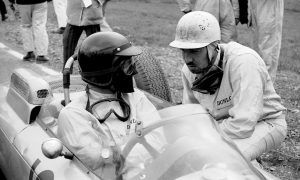PRIORITY TO SPEED
Surprising though it may seem but the Baku City Circuit bears little resemblance with the other street racetracks used in F1, such as Monaco and Singapore. Despite tight and twisty sections, the layout’s immense straights and high-speed curves have led teams to run Spa-style levels of downforce, if not Monza-type setups.
Concretely, most outfits mounted low drag, low-downforce rear wings so as to not hurt top-end speed, even if this means lacking a bit of grip in the slow-speed corners.
Two different schools of thought were followed by the teams.
In the first (see below), the main plane remained flat, but its angle of attack was decreased compared to the standard spec of rear wing. In other words, the plane is less tilted and sits higher, while the upper tier has a slightly shorter chord.

© F1i
As the wing is flatter, the speed differential between the air above the tier and the air going underneath it is less important. This lowers the pressure difference between both sides of the wing, which in turn weakens wing-tip vortices.
Red Bull, McLaren, Force India, Haas and Sauber went for that design, which includes fewer endplate slits.

 '
'




